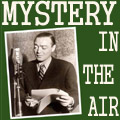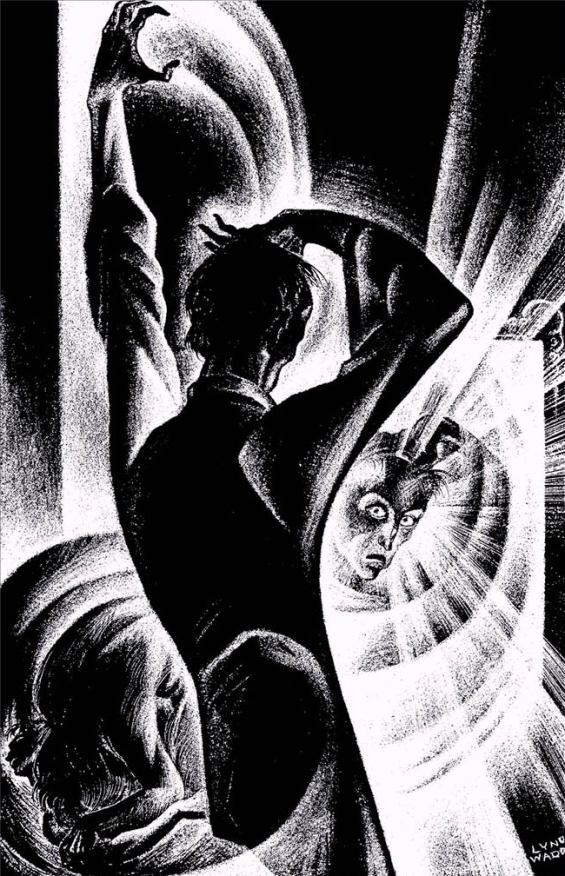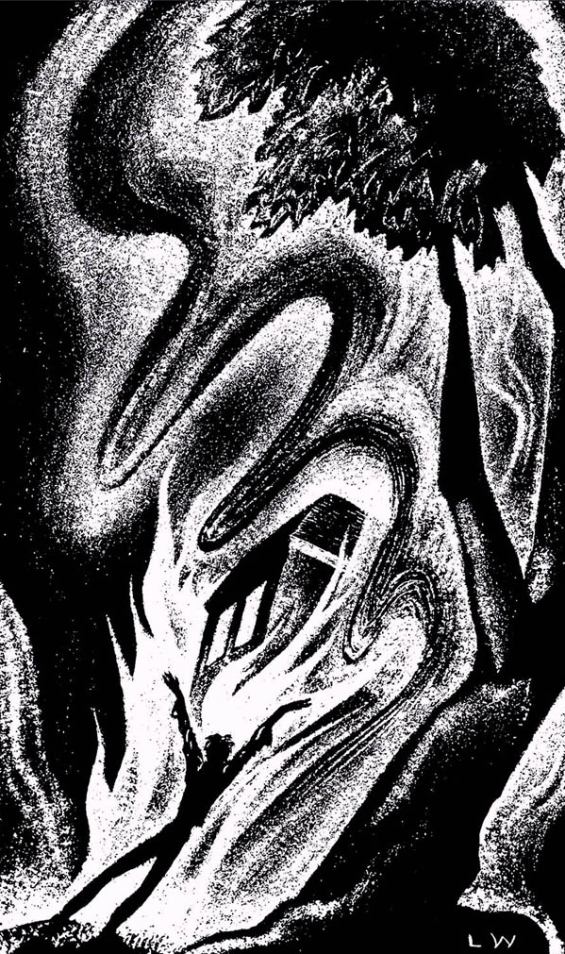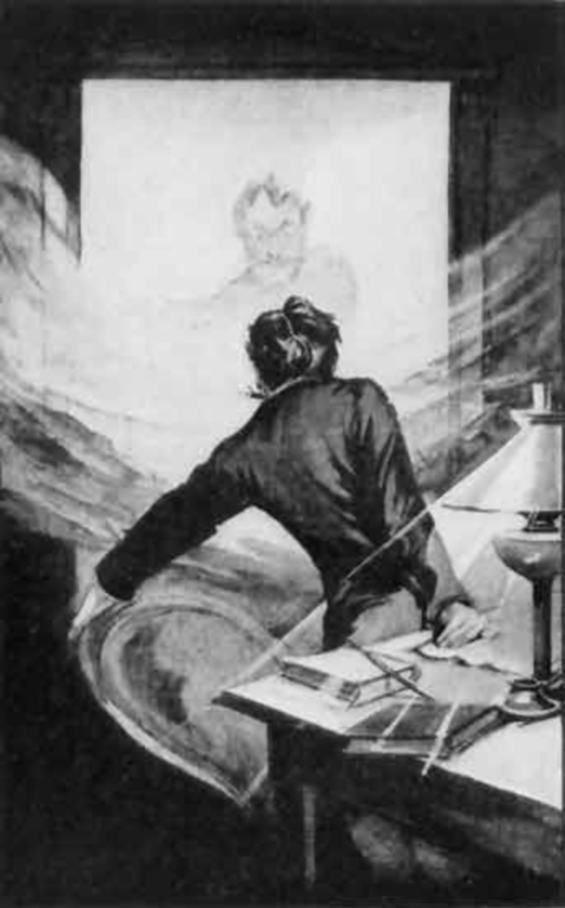
 The SFFaudio Podcast #234 – Who Knows? by Guy de Maupassant; read by Mark Turetsky. This is a complete and unabridged reading of the story (39 minutes) followed by a discussion of it. Participants in the discussion include Jesse, Mark Turetsky, and Professor Chris Coski of Ohio University.
The SFFaudio Podcast #234 – Who Knows? by Guy de Maupassant; read by Mark Turetsky. This is a complete and unabridged reading of the story (39 minutes) followed by a discussion of it. Participants in the discussion include Jesse, Mark Turetsky, and Professor Chris Coski of Ohio University.
Talked about on today’s show:
One of the last Guy de Maupassant stories, fantasy podcasts, what genre is this story?, the mysterious, the macabre, the morbid, do we buy the narrator’s story?, Am I Insane? by Guy de Maupassant, the events that happen are insane, a horror story?, a satire of Gothic horror, it is a ridiculous premise, a mental institution, is he lying?, is he deluded?, the servants, very thorough thieves, the title, Maupassant is intentionally ambiguous, there’s always a grain of the opposite, a syphilitic brain crafts a masterful short story, is it a true-ish story?, Maupassant was kind of a loner, boating among other things, Maupassant liked his solitude, touring all the European cities, THE SIGN OF DEATH PRECEDES STRANGE EVENTS, “several hours”, if the furniture is taking the place of other people…, affection for objects, The Golden Braid (aka The Tress Of Hair), falling in love with an object, the writing desk and its contents, where did the writing desk go?, his letters his papers, his personal history is now gone, deracinate , visiting new places, the history of his heart, the photographs, his emotional life, the furniture is the mental faculties, the house is him,
“Then I suddenly discerned, on the threshold of my door, an armchair, my large reading easy-chair, which set off waddling [LIKE A DUCK]. It went away through my garden. Others followed it, those of my drawing-room, then my sofas, dragging themselves along like [CROCODILES] on their short paws; then all my chairs, bounding like [GOATS], and the little foot-stools, hopping like [RABBITS].”
his desk is like a wife who’s trying to run away, the repeated refrains, “imagine my feelings”, you stop being the reader and become a participant, the revolver, marauders, the doors are alive too, Rouen, his arms were there, gun nuts, the presentiments, the river Robec, the black nauseous waters, the second hotel scene mirrors the first, is the hotel an asylum, you found your mental faculties, he checks himself in (to the hotel and the asylum), are you a private gentleman?, is the asylum is a prison?, the fat bald little yellow bearded man from Rouen with a head like a moon, grammatically it doesn’t make sense, ambiguity, THE MOON, the witch’s sabbath crescent, the play “beautiful music and fairy life drama”, he’s had a spell cast on him, “a serious accident would certainly take place”, a paralytic stroke, the sound from outside his body, a humming, trains passing, clocks, marching multitudes, “the big one”, the crescendo, “Signad” in Swedish means “designed”, Sigurd, the ring cycle, dwarves, fantasy and reality mixing, were the cops playing along?, “this house communicates with it’s neighbors”, very weird, Jesse’s tweeted dream explanation: “Dreamt an explanation for WHO KNOWS? By Guy de Maupassant – the furniture was deleted, & their dissolution was confabulated.”, not a psychological interpretation, an ontological interpretation, accidentally deleting something, SimCity, ctrl-z, not a useful miracle, an incompetent higher power, “My god, my god”, “Merciful heaven”, no grudge against, Who knows?, God knows!, a murderous schoolteacher, Revenge by Guy de Maupassant, a higher power that deletes, the short story is the only form that can be perfect, there’s something perfect, any lacuna, “a missing section of text”, the oxymoron, rude gentleness, an unbalanced situation, the insane sanity or the sane insanity, the widow Bidoin,
“He ordinarily passes his evenings at the house of a female neighbor, who is also a furniture broker, a queer sort of sorceress, the widow Bidoin”
is she married to the bald man, that Disney movie, maybe it isn’t a perfect short story, etymological searches, the tour of Africa, Sicily, Normandy, “where there hover no vague hauntings”, the missing night, a different sort of desert, Fear by Guy de Maupassant, “I had a presentiment in Africa”, “the sun dissipates it like a fog”, fear vs. panic, the spiritual gnawing of northern cultures, The Inn by Guy de Maupassant, H.P. Lovecraft, “God is dead but he never really was alive. The universe is real but we’re alone in it. Looking up at the starry night we are pointless, alone, with nothingness behind us, nothingness ahead of us, and its horrible.” he goes crazy because he’s alone, in the tumult of the crowd (with it’s light pollution), “there’s a shop for that down the street”, very very very small and unimportant, Lovecraft made it a monster, Eric S. Rabkin, light as the symbol for knowledge, inside the interesting chest cavity, a cosmic vastness and emptiness in which we are lost, solitude, Rouen, Rotomagus (round market or round plain) – but the word magus, J.R.R. Tolkien’s dwarves, great craftsmen, is the man from Roen really God?, yesterday I was in a private asylum, three months, a descent into madness, is there no lacuna in the inflexible sequence of his observations, a lacuna in which the end took place.
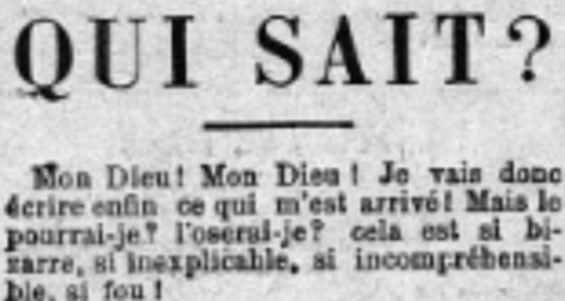
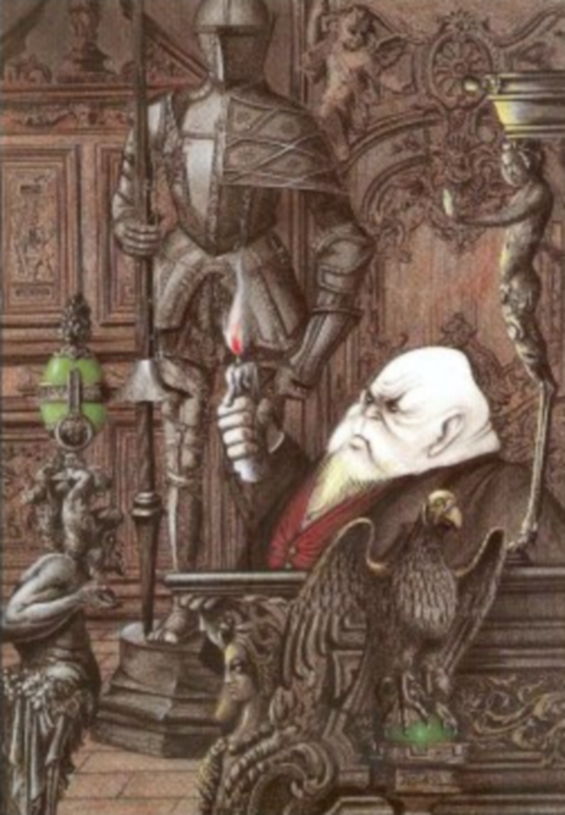
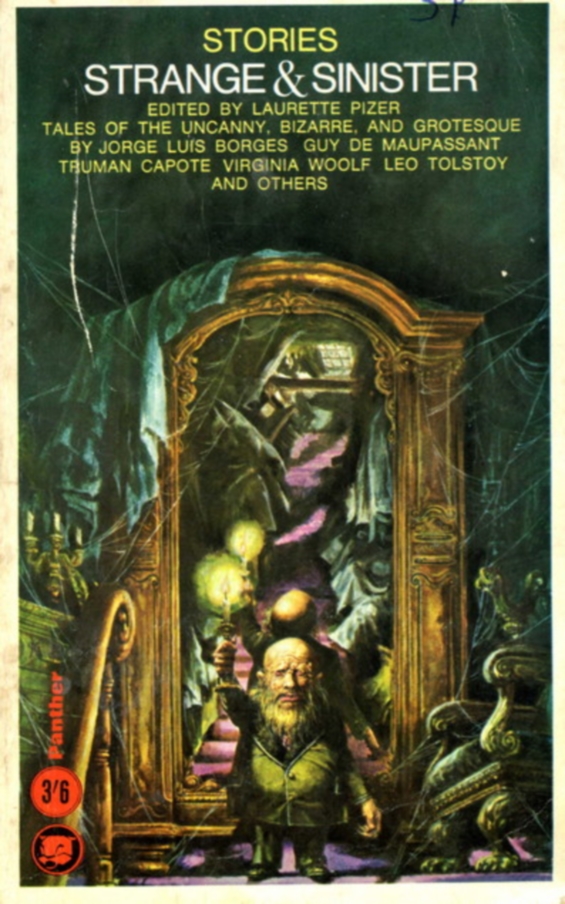
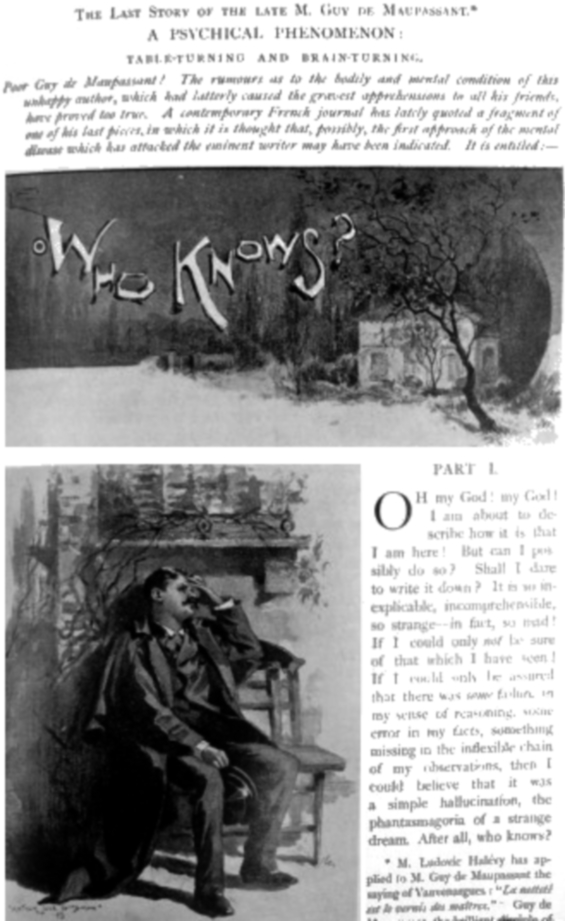
Posted by Jesse Willis

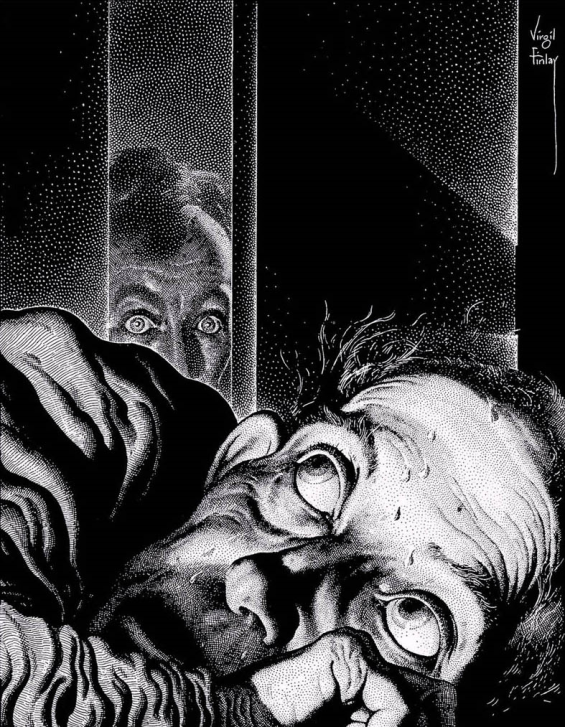

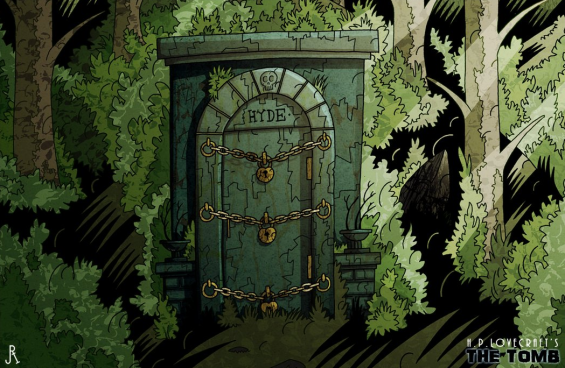
 The Tomb
The Tomb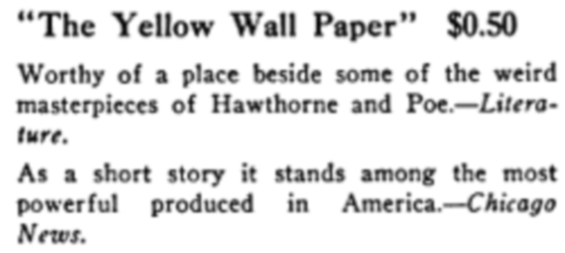
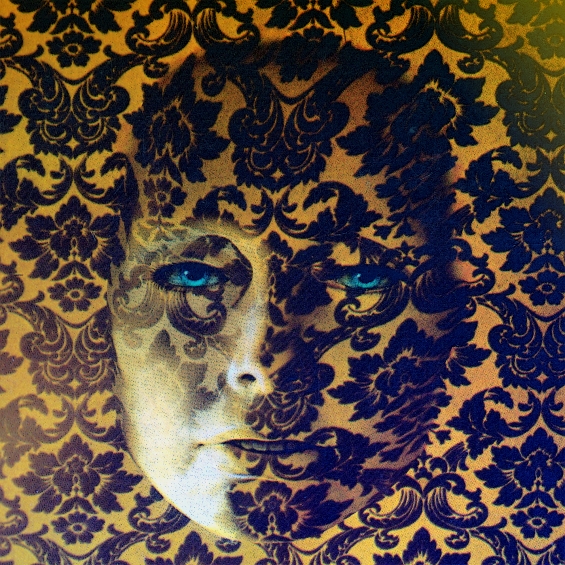

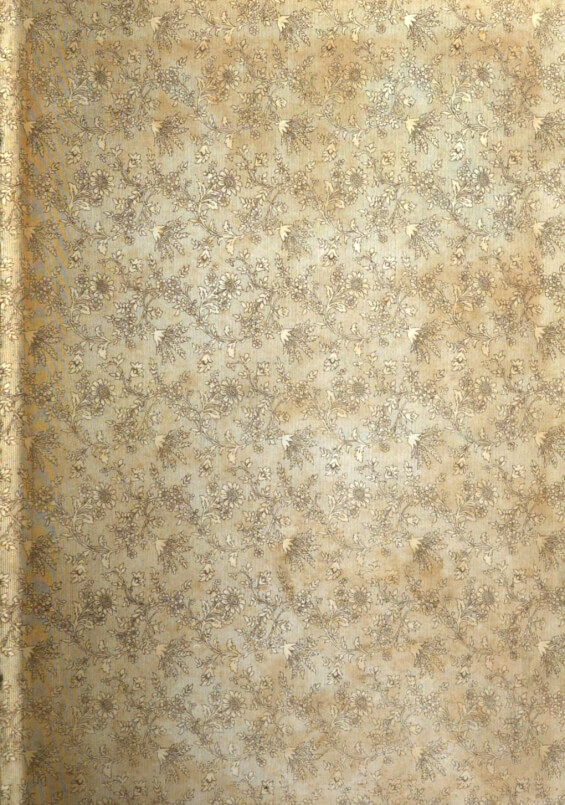


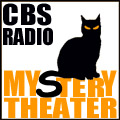 CBSRMT #0715 – The Guy de Maupassant Murders
CBSRMT #0715 – The Guy de Maupassant Murders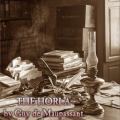
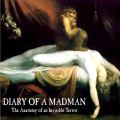
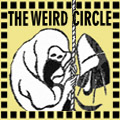 The Horla
The Horla